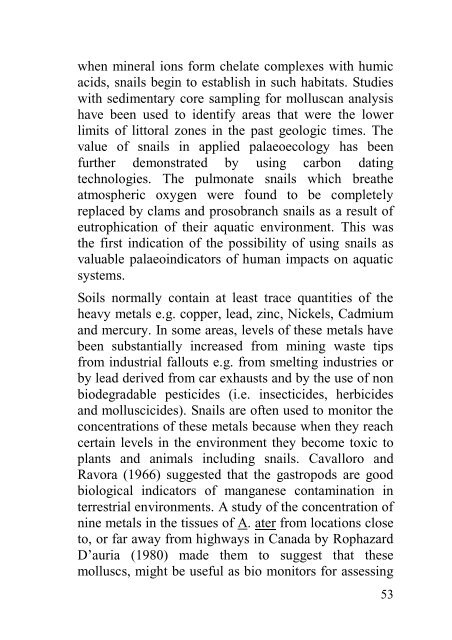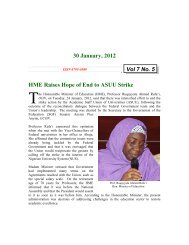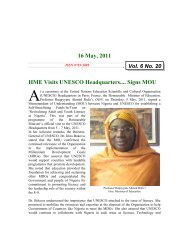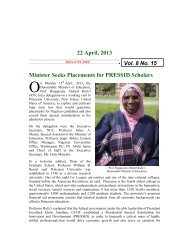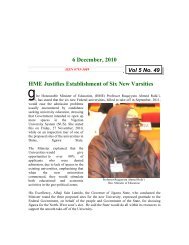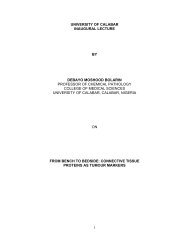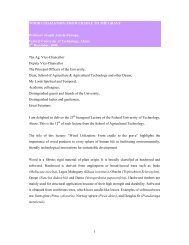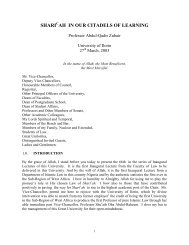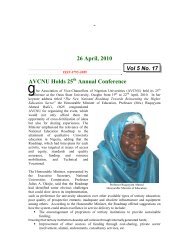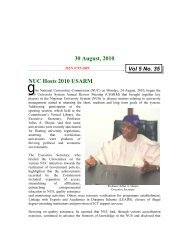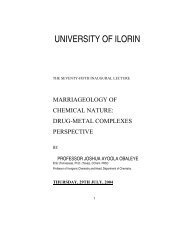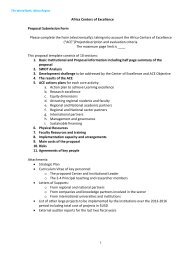THE VARIED ROLES OF SNAILS - National Universities Commission
THE VARIED ROLES OF SNAILS - National Universities Commission
THE VARIED ROLES OF SNAILS - National Universities Commission
Create successful ePaper yourself
Turn your PDF publications into a flip-book with our unique Google optimized e-Paper software.
when mineral ions form chelate complexes with humic<br />
acids, snails begin to establish in such habitats. Studies<br />
with sedimentary core sampling for molluscan analysis<br />
have been used to identify areas that were the lower<br />
limits of littoral zones in the past geologic times. The<br />
value of snails in applied palaeoecology has been<br />
further demonstrated by using carbon dating<br />
technologies. The pulmonate snails which breathe<br />
atmospheric oxygen were found to be completely<br />
replaced by clams and prosobranch snails as a result of<br />
eutrophication of their aquatic environment. This was<br />
the first indication of the possibility of using snails as<br />
valuable palaeoindicators of human impacts on aquatic<br />
systems.<br />
Soils normally contain at least trace quantities of the<br />
heavy metals e.g. copper, lead, zinc, Nickels, Cadmium<br />
and mercury. In some areas, levels of these metals have<br />
been substantially increased from mining waste tips<br />
from industrial fallouts e.g. from smelting industries or<br />
by lead derived from car exhausts and by the use of non<br />
biodegradable pesticides (i.e. insecticides, herbicides<br />
and molluscicides). Snails are often used to monitor the<br />
concentrations of these metals because when they reach<br />
certain levels in the environment they become toxic to<br />
plants and animals including snails. Cavalloro and<br />
Ravora (1966) suggested that the gastropods are good<br />
biological indicators of manganese contamination in<br />
terrestrial environments. A study of the concentration of<br />
nine metals in the tissues of A. ater from locations close<br />
to, or far away from highways in Canada by Rophazard<br />
D’auria (1980) made them to suggest that these<br />
molluscs, might be useful as bio monitors for assessing<br />
53


